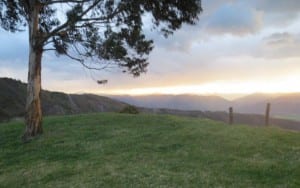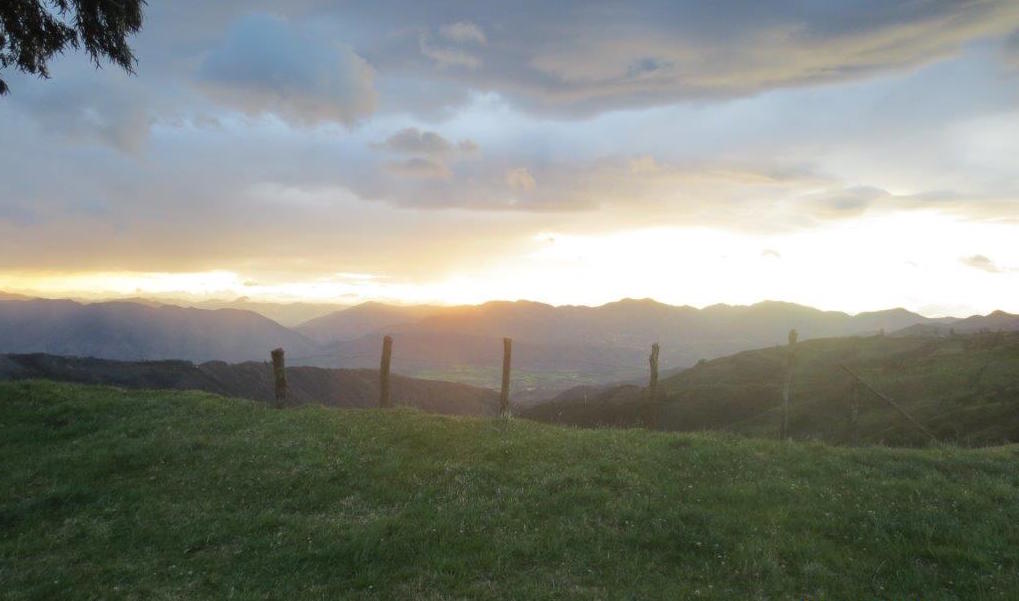Tips for Buying a Condo in Ecuador
LiveTheLifeinEcuador | October 29, 2015

Even if Ecuador’s real estate prices have slightly increased due to the country’s growing economy in recent years, buyers can still find a great selection of affordable condominiums in many of its cities.
If you’re thinking about purchasing a condo in Ecuador and don’t exactly know where to start, here are a few great tips:
Get to know the area first
Before you even think about floor plans, features, or what sort of amenities you’d like to have, you need to find out what type of area you’d like to live in.One of the best characteristics of Ecuador is its very diverse landscape. You need to do a bit of research about its many different areas. Do you prefer living in a big city like Cuenca, or somewhere located a short trip away from the beaches of the South Pacific Coast?
Hire a real estate professional
Once you’ve identified the perfect area, you need someone who can help you find and purchase the ideal condo. Hiring a reliable real estate professional lessens your chances of encountering potential pitfalls that usually come with purchasing overseas property.
We at LIVETHELIFE can assist you in your search for the perfect condo in Ecuador.
Know the difference
Your idea of a condo might turn out to be very different from what you actually find in Ecuador. For example, most Ecuadorian condos have drawers, shelves, and cabinets instead of closets – which is fine, but it could be a problem if you own a lot of dresses or coats.
Organize paying arrangements in advance
After finding a condo that meets all your requirements, the next step is to figure out how you’re going to pay for it. Get in touch with your bank in order to find out whether they can provide arrangements in advance for making international wire transfers from overseas.


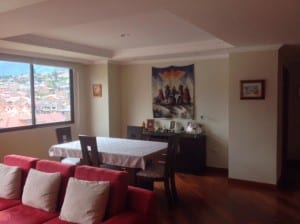
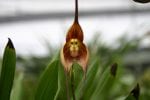
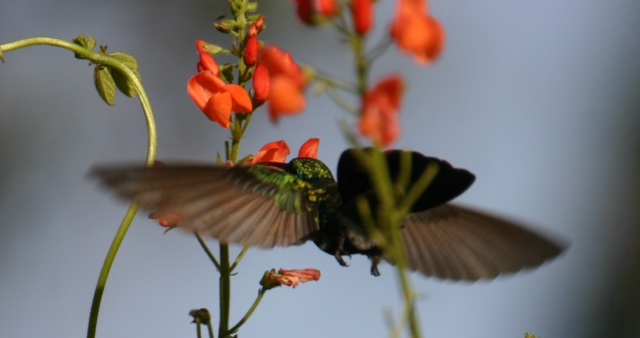
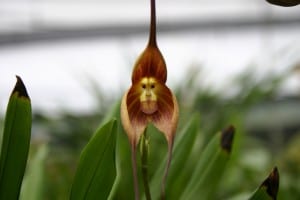 The Yanacocha Reserve is the place to head to if you’re up for high-altitude birdwatching. The reserve lies along Mt. Pichincha’s western slope, and composed mostly of elfin Polylepsis forest. Many birdwatchers love this reserve because of its mostly flat and open terrain that stretches to over 2 miles of sheer bird-watching pleasure. Some of the largest and most beautiful species of hummingbirds in Ecuador are found in Yanacocha Reserve, like the great sapphire-wing, the sword-billed hummingbird, and the endangered black-breasted puffleg.
The Yanacocha Reserve is the place to head to if you’re up for high-altitude birdwatching. The reserve lies along Mt. Pichincha’s western slope, and composed mostly of elfin Polylepsis forest. Many birdwatchers love this reserve because of its mostly flat and open terrain that stretches to over 2 miles of sheer bird-watching pleasure. Some of the largest and most beautiful species of hummingbirds in Ecuador are found in Yanacocha Reserve, like the great sapphire-wing, the sword-billed hummingbird, and the endangered black-breasted puffleg.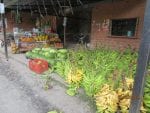
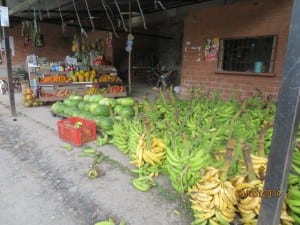 Bananas are Ecuador’s main export, produced in the central and coastal regions, while African palm is grown in the more humid areas.
Bananas are Ecuador’s main export, produced in the central and coastal regions, while African palm is grown in the more humid areas.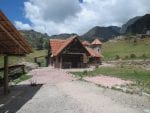
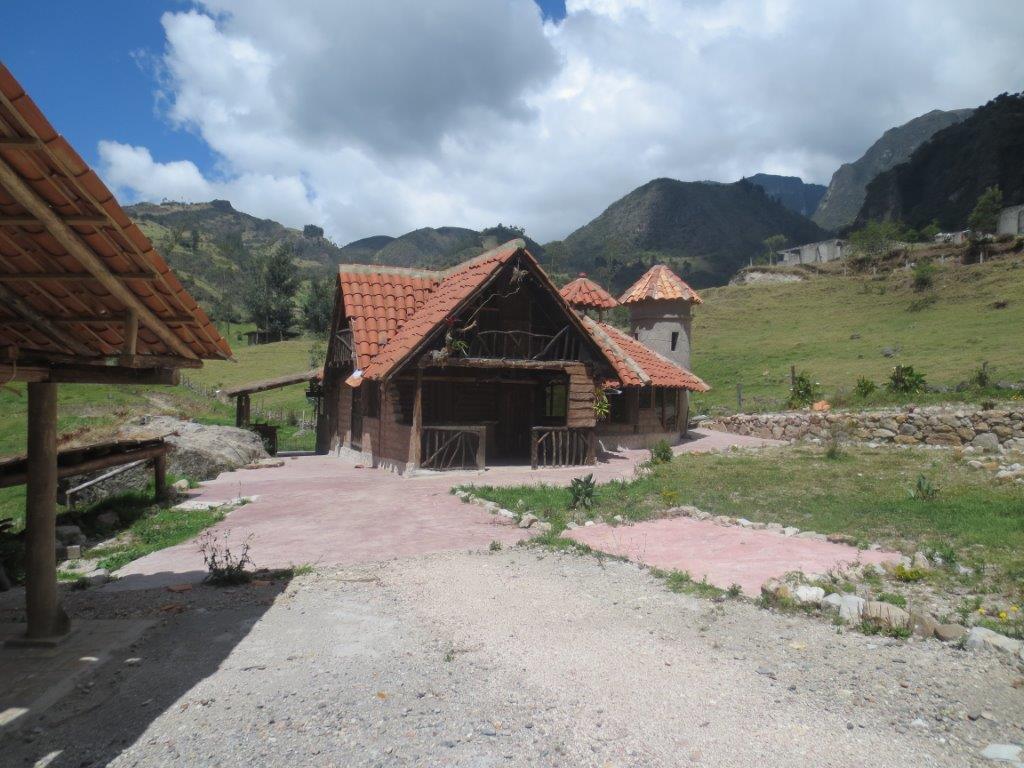
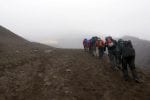
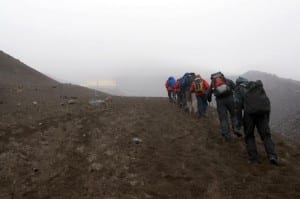
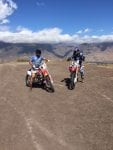
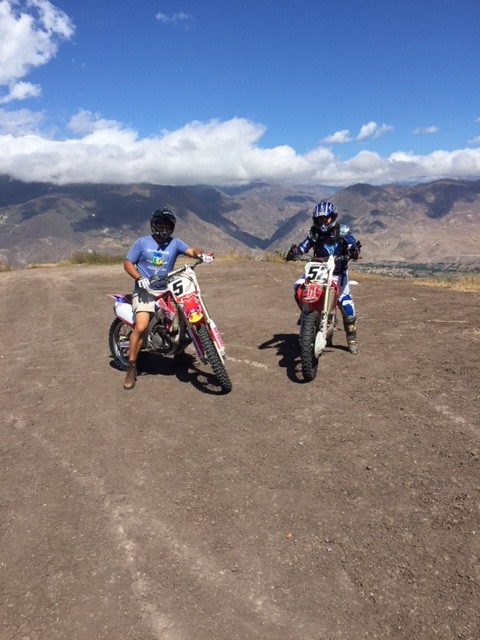 You can think of dirt bike riding as the rugged brother of simply riding on the streets. Divided into two classifications (motocross and trail riding), dirt bike riding is an extreme sport popular around the world.
You can think of dirt bike riding as the rugged brother of simply riding on the streets. Divided into two classifications (motocross and trail riding), dirt bike riding is an extreme sport popular around the world.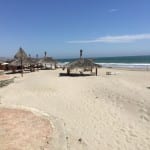
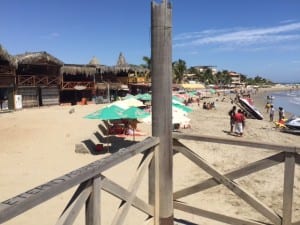 Ecuador is a great country overflowing with natural beauty and biodiversity, but that doesn’t mean we don’t travel beyond its boundaries. After all, we’re in amazing South America! More wonders of the earth are just a border hop (or two) away.
Ecuador is a great country overflowing with natural beauty and biodiversity, but that doesn’t mean we don’t travel beyond its boundaries. After all, we’re in amazing South America! More wonders of the earth are just a border hop (or two) away.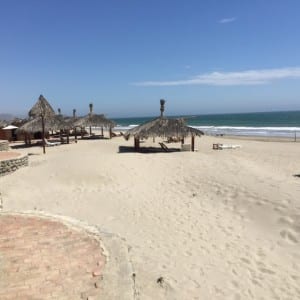 Located in Peru’s Piura region, Mancora is a haven for those who are looking for a balance between relaxation and some party action. Folks over at Fodors.com describe the town as “Thailand’s Koh Samui and Koh Phangan before they were fully developed.” So, what can you expect aside from white sand beaches and balmy waters?
Located in Peru’s Piura region, Mancora is a haven for those who are looking for a balance between relaxation and some party action. Folks over at Fodors.com describe the town as “Thailand’s Koh Samui and Koh Phangan before they were fully developed.” So, what can you expect aside from white sand beaches and balmy waters?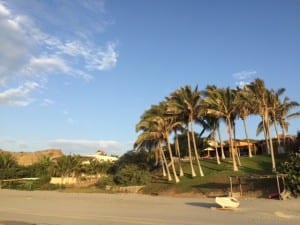 Of course, like every party central, Mancora’s streets are lined with local restaurants that deliver on the promise of a Peruvian dining experience like no other. Since it’s a beach town, expect to find lots of seafood joints. As Mancora has grown popular over the years, restaurants that serve international flavors have sprung up as well, which is just fine if you’re in the mood for something familiar. While you’re in town, check out the following restaurants: Cucin Amore, La Sirena d Juan, and Deli Market Nicolini.
Of course, like every party central, Mancora’s streets are lined with local restaurants that deliver on the promise of a Peruvian dining experience like no other. Since it’s a beach town, expect to find lots of seafood joints. As Mancora has grown popular over the years, restaurants that serve international flavors have sprung up as well, which is just fine if you’re in the mood for something familiar. While you’re in town, check out the following restaurants: Cucin Amore, La Sirena d Juan, and Deli Market Nicolini.

